There are thousands of bug species around the world, some are often confused with crickets. If you are wondering what bug you just saw that looked like a cricket, or you are wondering if you saw a cricket in your home, continue reading to find out about the bugs that can be misidentified as crickets.
Table of Contents
What Does A Cricket Look Like
Crickets are insects that are related to grasshoppers. They belong to the Grylloidea superfamily. They are cylindrical with round heads, and long antennae. There is a robust pronotum just behind the head.
The abdomen has a pair of long cerci at the end. The female has a cylindrical and long ovipositor. There are three-segmented tarsi on the legs with the hind legs having enlarged femora, which enables them to jump.
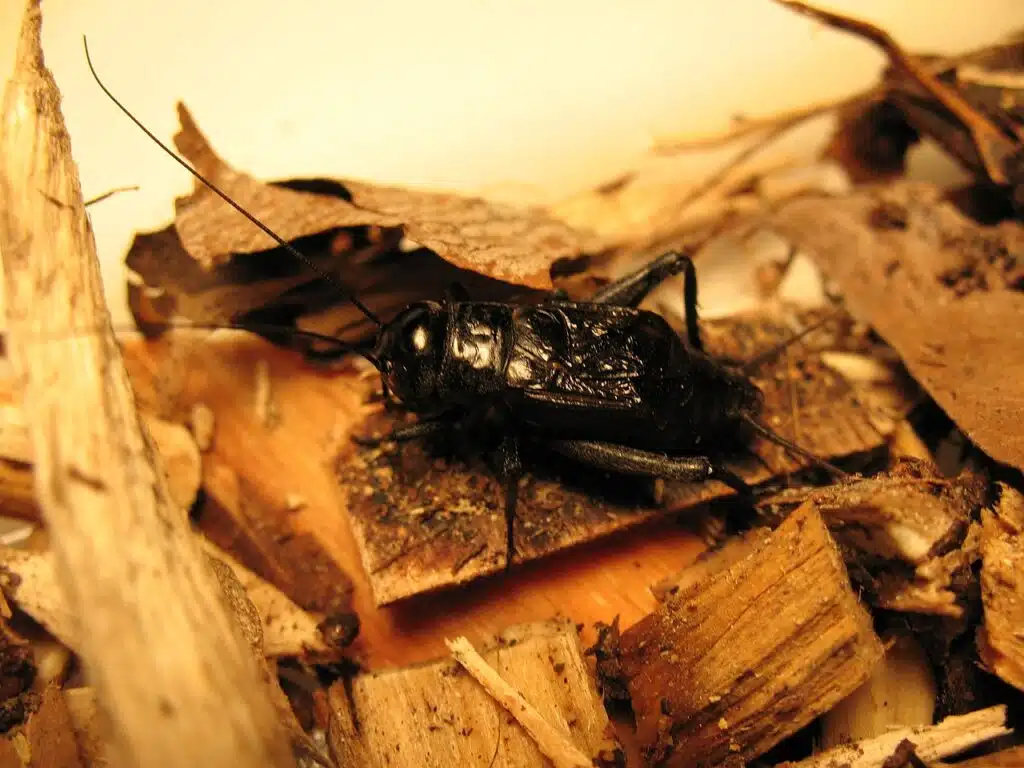
The wings are leathery and tough. Crickets use their wings to make a chirping noise, by rubbing parts of the wings together. There is a hind wing, which is folded and membranous. Many cricket species cannot fly.
Behavior and Habitat
Crickets are nocturnal and often only make themselves known to homeowners when they come out at dusk in search of food. Many homeowners only know they have a cricket in the house when the male starts to chirp, which is loud and persistent. Males chirp to attract females by rubbing their front wings together.
They are found in numerous habitats, often hiding in bushes, herbs, grasses, and in upper tree canopies. They are also found on the ground, in shallow burrows, in rotting wood, and in caves.
Bugs That Look Like Crickets
Nine bugs are worth noting that resemble crickets and can be misidentified, these include:
1. Spider Crickets
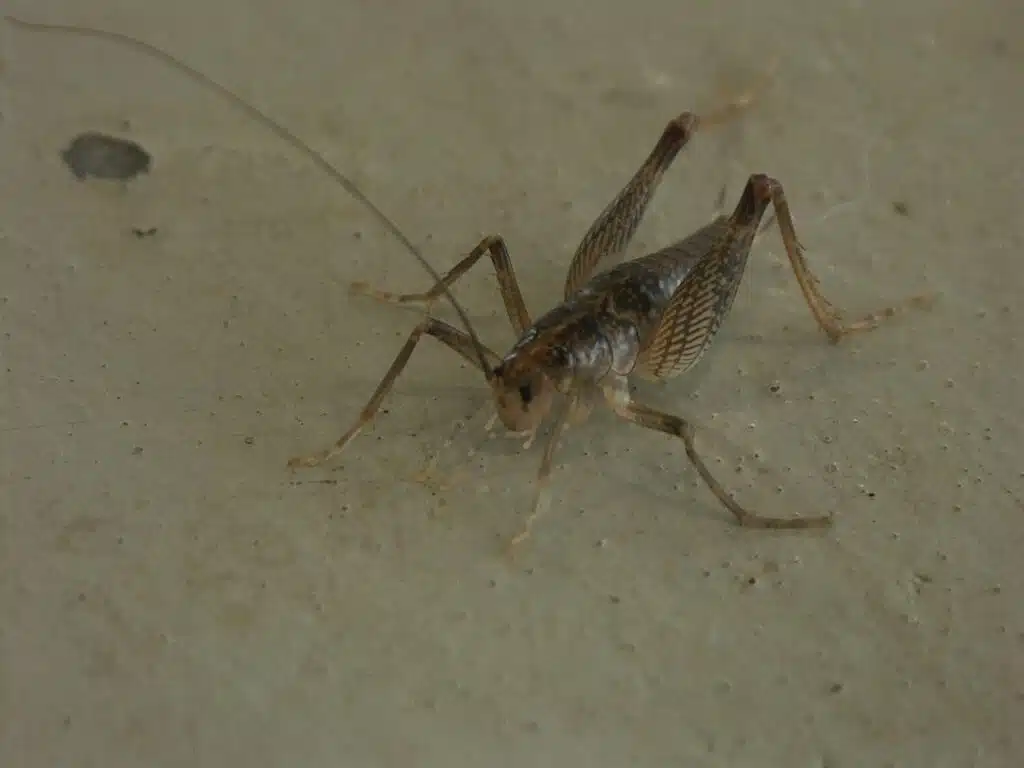
Spider Crickets (family Rhaphidophoridae) are referred to as cave or camel crickets. They are common in garages and damp basements. This is a long-legged insect that looks similar to a cricket that has been crossed with a spider.
They are often mistaken as a cricket or a large spider. They have the habit of jumping directly at you if you happen to startle them. This is not a cricket or a spider. They belong to the insect order Orthoptera and are related to locusts, grasshoppers, and crickets.
They have six long legs that make them look like a spider. They are powerful jumpers and do not have wings. While they may look scary, you will be happy to know that if you have one in your home, they do not chirp.
They also do not bite. The mouth parts of the spider cricket are designed for chewing and they will gnaw on anything from wood to plants and fabrics to other spider crickets. They can be encountered throughout North America, but they are more common east of the Mississippi River.
2. Grasshoppers
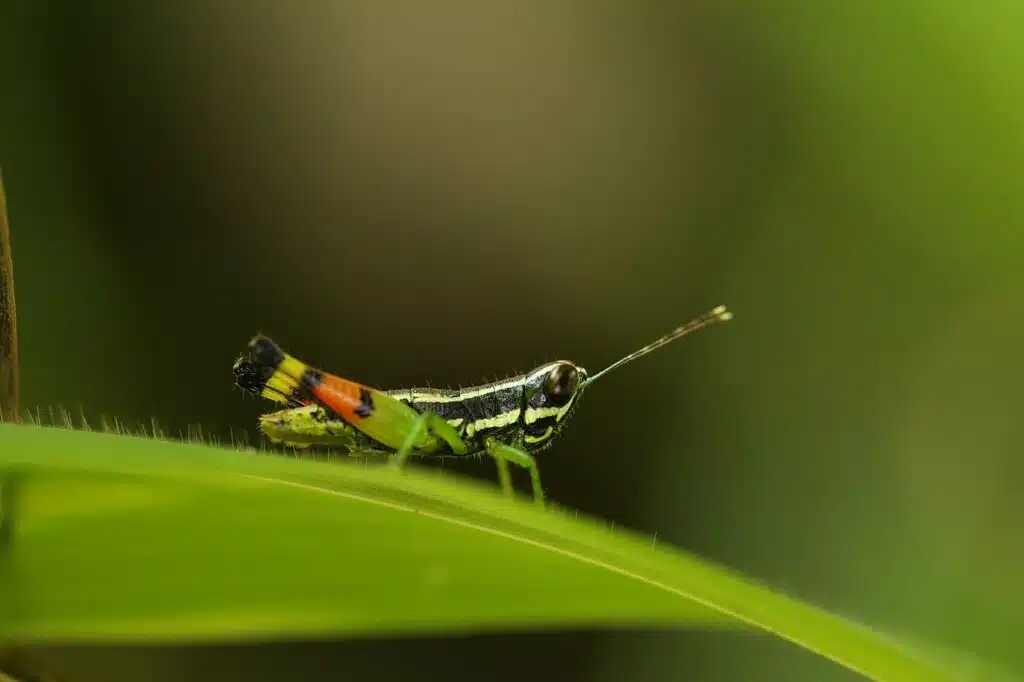
There are four hundred grasshopper species in North America. Grasshoppers belong to the Caelifera family and are the most ancient living chewing herbivorous insects in the world.
This is a ground-dwelling insect with strong back legs, which enables them to jump away from threats. The grasshopper diet comprises of plants and they become pests of vegetables, pastures, and cereals. They can camouflage themselves when detected by predators. They use a colored wing flash when jumping into the air and can fly for short distances.
They comprise of the head, abdomen, and thorax. The head is held vertically with the mouth facing down. There is a pair of compound eyes, providing all-around vision. There are three simple eyes that are able to detect dark and light. They have thread-like antennae, which they use for touch and smell.
The abdomen and thorax are segmented and comprise of overlapping plates. There are three pairs of legs and two pairs of wings. The fore wings are narrow, while the hind wings are large.
The legs have claws, which help them to grip. They have powerful hind legs. Grasshoppers are commonly confused with crickets, though they are different. Grasshoppers have antennae that are shorter than their bodies and their ovipositor is structured differently.
3. Katydids
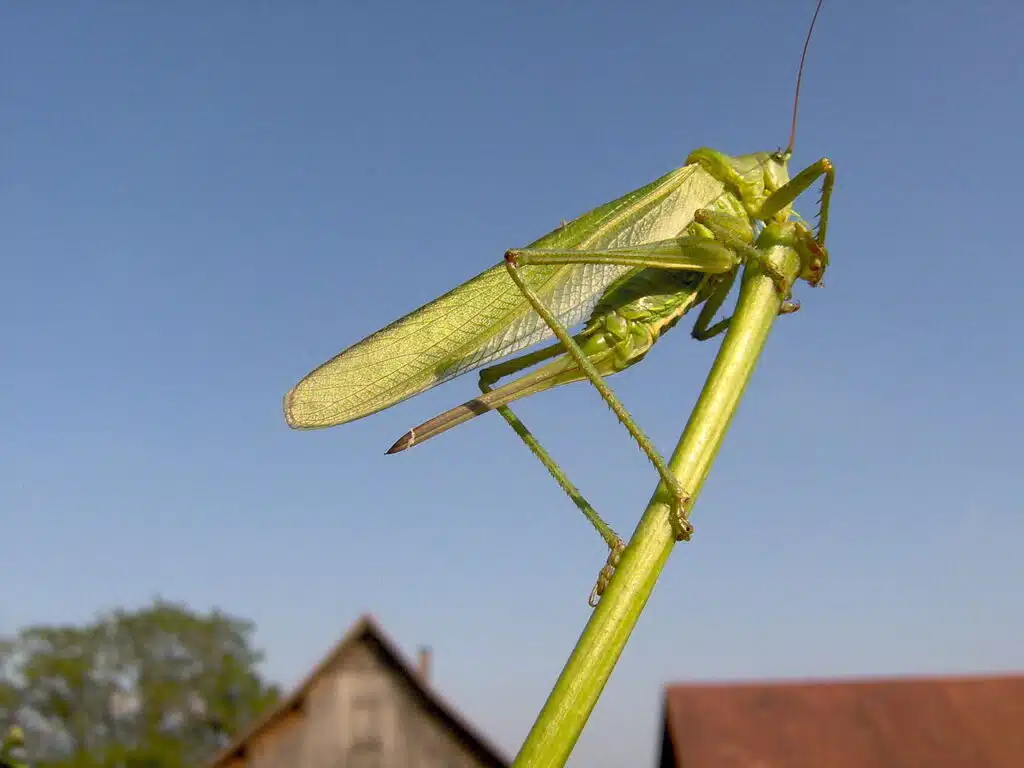
Katydids are known as bush crickets or long-horned grasshoppers. There are more than eight thousand known species. This nocturnal insect has a powerful mating call.
They camouflage themselves with shapes and colors that look similar to a leaf. They vary in size from 5mm to 130mm in length.
4. Cockroaches
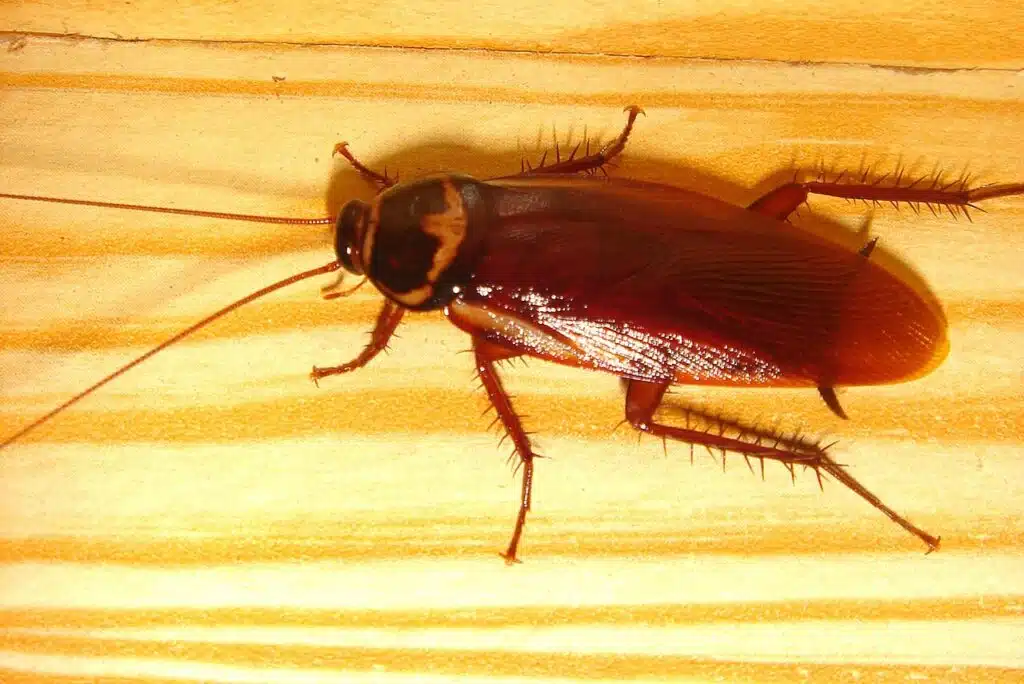
Cockroaches are no stranger to the human home with thirty species associated with human habitats. Some are well-known pests. Most cockroaches are the size of a thumbnail, but there are larger species found globally.
They grow to around eight centimeters in length and can weigh up to thirty-five grams in some areas. The Central American Giant Cockroach can grow to 9.7cm in length with a wing span of 18.5cm.
The cockroach has a small head and a flattened body. They are red-brown or dark brown with large compound eyes and long, flexible antennae. The mouth parts are under the head with chewing mandibles.
The body is separated into a three-segment thorax and a ten-segment abdomen. They have a touch exoskeleton, protecting the inner organs. The wings are attached to the second and third thoracic segments. The fore wings are protective, laying over the hind wings, which are used for flight.
They have six legs with five claws on each. The front legs are the shortest and the hind legs are the longest, which enables them to run fast.
5. Mud Crickets
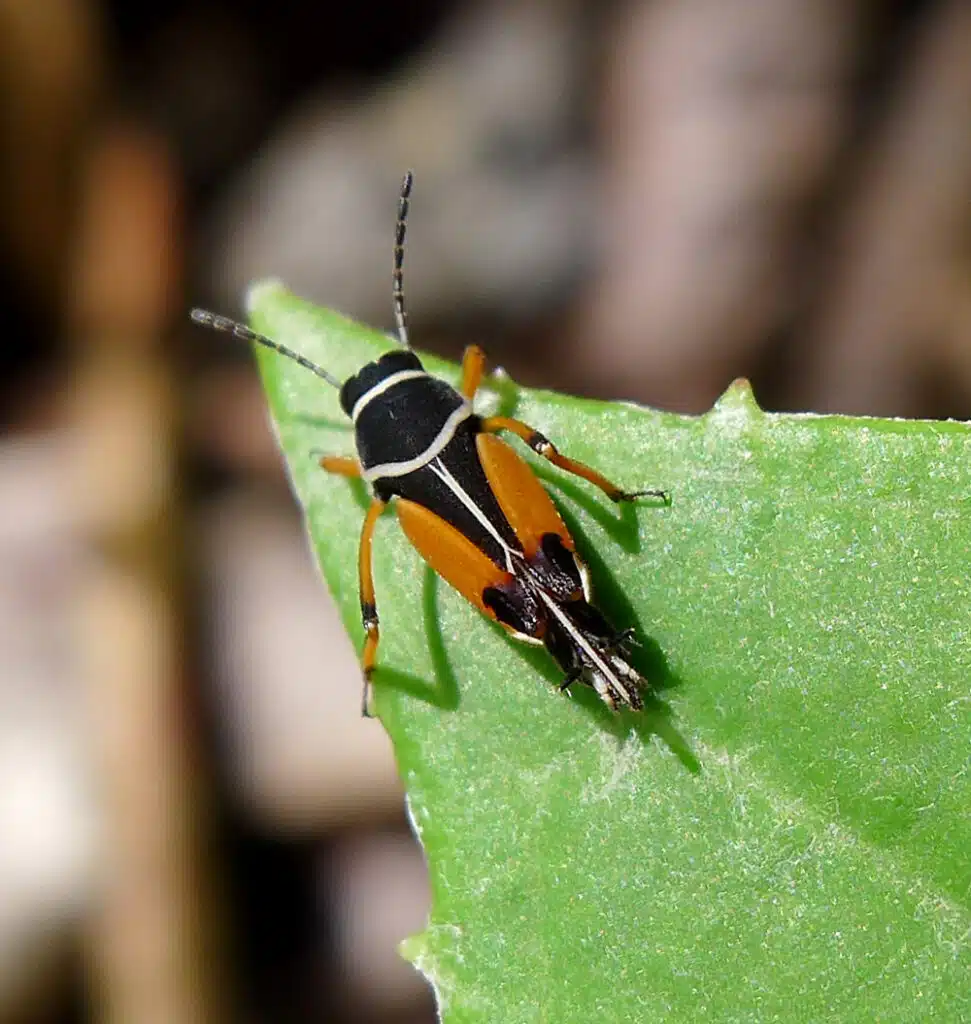
Mud Crickets (family Ripipterygidae) are dark, small cricket-like insects that can grow to 14mm in body length. They have a large hind femoral, which enables them to jump and swim on the water’s surface.
This cricket is usually dark brown or black with a bold pattern of white, yellow, or red. They are commonly encountered in central South America and southern Mexico. They prefer areas of sand, mud, rocks, and bare soil. They are never far from water.
6. Pygmy Mole Crickets
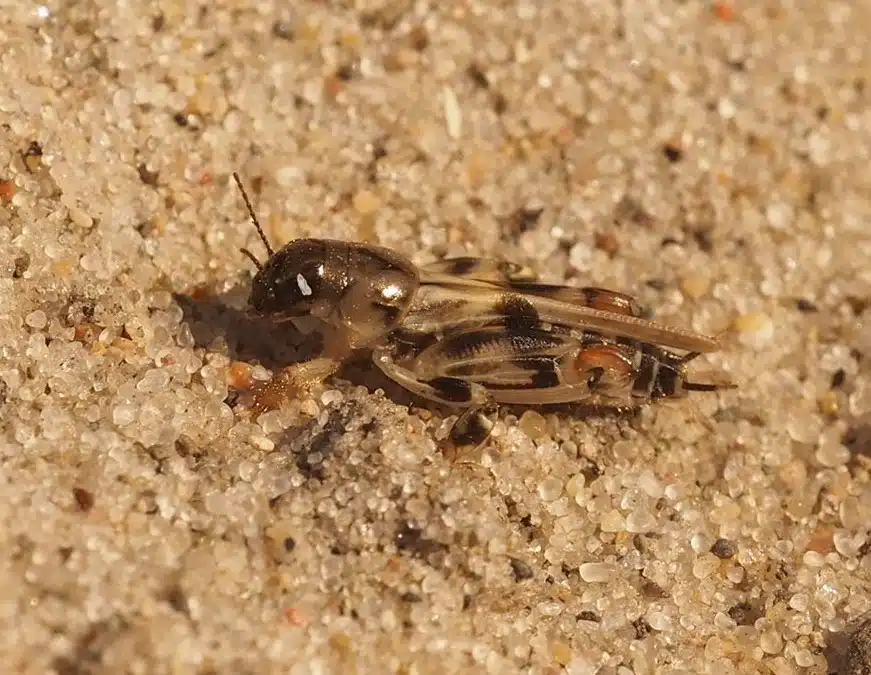
The Pygmy Mole Cricket (superfamily Tridactyloidea) belongs to the Orthoptera order. It comprises of three families with fifty species. It can grow to 9mm in length with short antennae and long wings.
They are seen along the banks of rivers in tropical areas. They are excellent at jumping and swimming.
7. Jerusalem Crickets
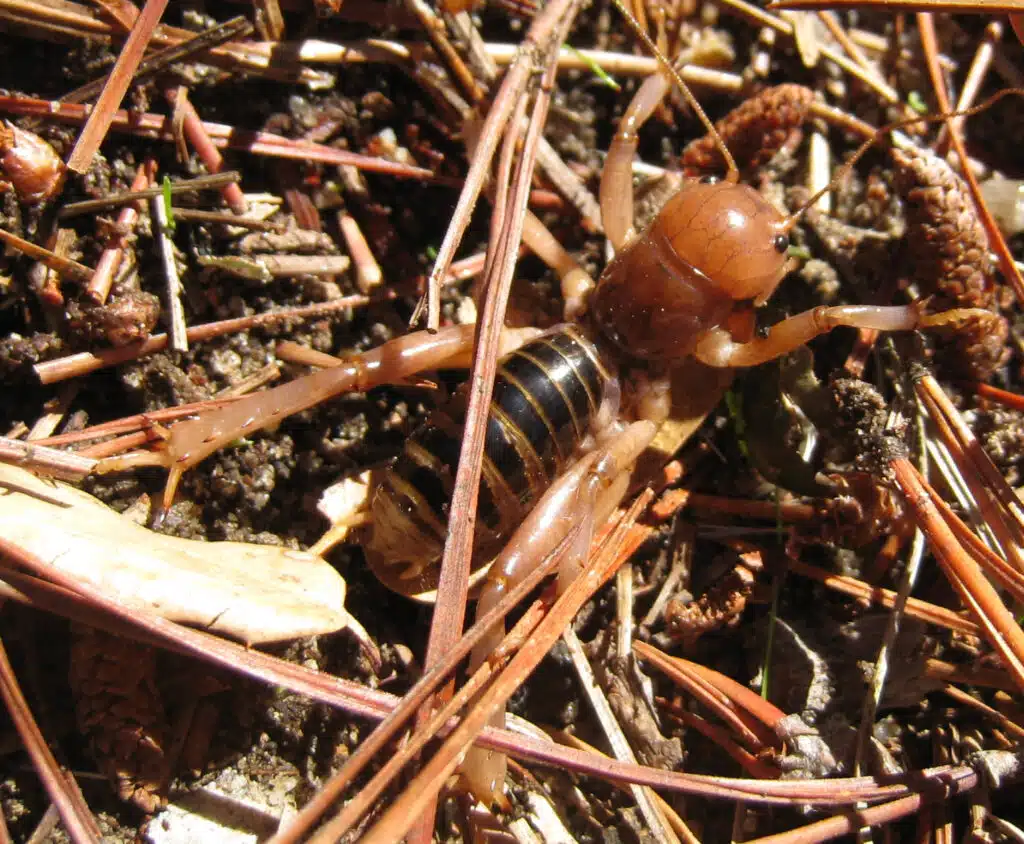
Jerusalem Crickets (Family Stenopelmatidae) are also known as potato bugs. They are large, flightless insects, native to the western United States, Central America, and parts of Mexico. They are not crickets or bugs, but they are nocturnal and feed on dead organic matter and other insects.
It uses its adapted feet to burrow beneath moist soil, where it can reach decaying roots. They are not venomous, but they do give off an awful smell and they are also able to give a painful bite.
There are nineteen Jerusalem cricket species. Similar to crickets, the Jerusalem cricket can produce a song during mating, which sounds like drumming. This is done by beating the abdomen on the ground.
8. Raspy Crickets
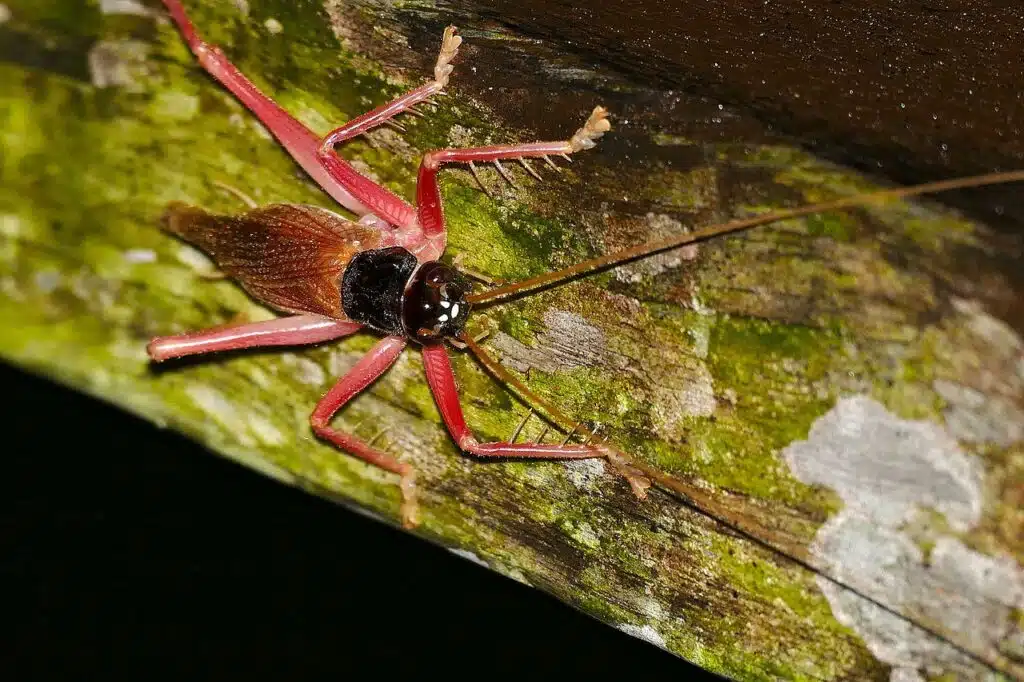
Raspy Crickets (Family Gryllacrididae) belong to the Gryllacridinae family and possess features similar to katydids and crickets. They produce a raspy noise as a defense. They are commonly encountered in the Southern Hemisphere with more than one hundred and twenty species.
They are commonly encountered in wet forests, woodland, and grasslands. They stay in their nest during the day and come out at night to forage for food. They have varied diets from plants to insects.
This insect can grow to 5cm and are brown to gray, wingless, and have long antennae. They can produce silk, which they use to create a nest. They communicate by drumming their legs on their abdomen, stomping their feet, or tapping their hind legs on the stems of plants. They send out alarm signals when they feel they are threatened, producing a raspy noise.
9. Wētā
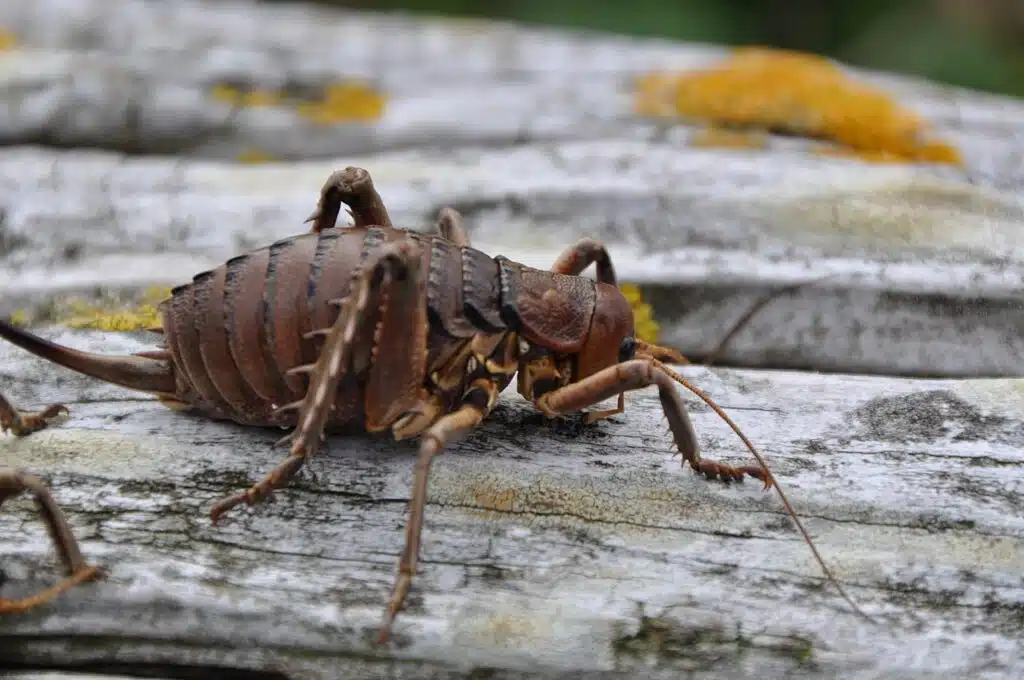
The Wētā comprises of one hundred insect species that are endemic to New Zealand. This is a giant, flightless cricket. Some are the heaviest insects found throughout the world.
These are nocturnal insects that are scavengers and carnivores. They are similar in appearance to the katydid or a long-horned grasshopper. They have enlarged and spiny hind legs. Most are wingless.
They are commonly found in grasslands, shrublands, urban gardens, and alpine forests in New Zealand. They prey on other invertebrates, but some feed on fruit, leaves, and flowers.
The male is smaller than the female and they can bite. The bite of one of these insects is painful, but luckily not common. They prefer to retreat than defend themselves.
Summary
There are so many different insects that could be misidentified as a cricket. Often you can tell if you have a cricket in the home by the loud chirping noise. None of the insects that look like crickets are harmful to humans, though some can give a painful bite if you threaten or harass them.
The nine bugs listed above are those that closely resemble crickets and could be easily misidentified.